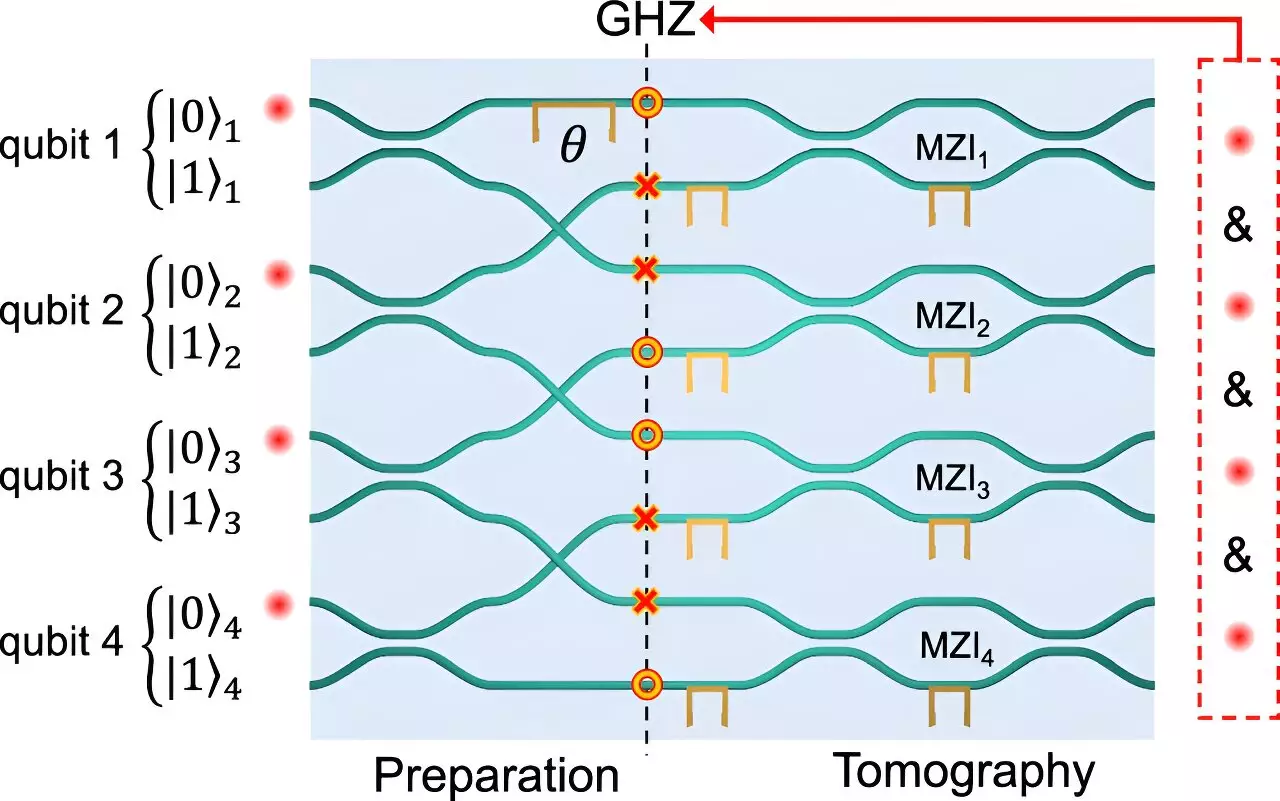In an era where digital communication is ubiquitous, the significance of data security has never been more pressing. Traditional encryption methods, while still widely used, rely heavily on mathematical algorithms that could become obsolete with the advent of quantum computing. Unlike classical systems, which are fundamentally constrained by their mathematical structures, quantum encryption utilizes the principles of quantum mechanics to offer a level of security that is not merely theoretical but grounded in the very fabric of physics. As researchers make significant strides in this new paradigm, the implications for secure communication are staggering.
Classical encryption techniques, despite their historical robustness, are increasingly under threat due to advancements in computational power. Current supercomputers would take an impractical timeframe—thousands of years—to break what is considered strong encryption. However, quantum computers, equipped with advanced algorithms, could potentially crack these codes within mere seconds. This shift in capabilities signals an urgent necessity for transitioning to quantum security protocols, as underscored by findings from researchers like Paulo Henrique Dias Ferreira from UFSCar in Brazil. The move towards quantum encryption is not just a theoretical discussion but a necessary evolution for safeguarding sensitive information.
Ferreira’s work during his postdoctoral research at the Polytechnic University of Milan involved groundbreaking exploration into entangled four-photon GHZ (Greenberg-Horne-Zeilinger) states. By combining quantum dot technology with glass photonic circuits, the team has opened new avenues for secure and efficient quantum communication. This research, published in npj Quantum Information, marks an important milestone in the integration of quantum technologies. The methodology employed—using femtosecond laser machining to create three-dimensional waveguides—allows for a high degree of control over photon manipulation, essential for both practical and theoretical applications in quantum information theory.
In quantum information theory, the GHZ state is a form of entanglement that supports the correlation of states among at least three subsystems, leading to unprecedented levels of security. Ferreira analogizes this concept using a clever coin toss metaphor: four coins tossed independently yield random outcomes unless they are entangled in a GHZ state. In this entangled state, observing one coin’s result immediately informs the results of the others, highlighting the unique properties of quantum systems that defy classical intuition. This characteristic becomes critical for cryptographic applications, where the integrity of the shared information demands an unbreakable bond between the participants.
One of the most compelling applications of GHZ entanglement lies in its role in quantum secret sharing. In this scheme, a central authority distributes cryptographic keys to multiple parties, ensuring that any unauthorized attempt to access these keys would alter the quantum correlation between the particles involved. Ferreira’s insights reveal that the detection of tampering becomes instantaneous: any attempt to measure or interfere with the states will alter them, thus alerting legitimate participants to a breach. The implications for enhancing security protocols in sectors increasingly reliant on data integrity—such as finance and healthcare—are immense.
While the advancements in quantum encryption offer promising solutions to contemporary cybersecurity challenges, the journey is fraught with obstacles. Transitioning from theoretical frameworks to practical applications requires large-scale production of reliable quantum devices, alongside the integration of these systems into existing communication infrastructures. However, the ongoing research into high-fidelity GHZ states indicates that achieving such goals is not beyond reach. As Ferreira suggests, the incorporation of quantum protocols can lead to a transformation in how we approach communication security.
The advent of quantum cryptography signals a potential paradigm shift in secure communication. With promising developments in entangled states and photonic technology, researchers like Paulo Henrique Dias Ferreira are illuminating the path towards a future where quantum systems could safeguard our most sensitive information against ever-advancing threats. As we stand on the brink of this new technological era, it is essential for organizations and governments to prioritize the transition to quantum security protocols, fortifying our digital landscapes against the formidable challenges posed by quantum computing.


Leave a Reply